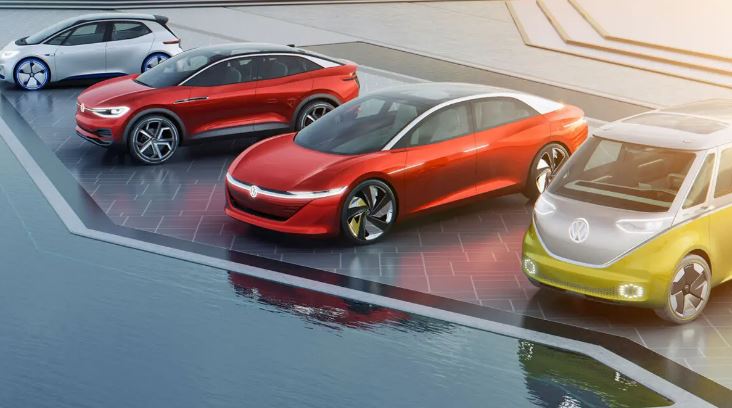Volkswagen, in collaboration with the Hellenic Republic of Astypalea, has embarked on an ambitious endeavor to electrify the entire transportation fleet of the Greek island. This joint initiative aims to gradually replace conventional vehicles with electric ones, implement digital mobility solutions, and adopt green energy practices.
Astypalea Island, located in the Aegean Sea, has been designated by Volkswagen as a future laboratory for smart and sustainable mobility. The German automaker, along with the local government of Astypalea, intends to electrify cars and scooters on the island. Furthermore, the partners have plans to establish a 3 MW solar park by 2024 to provide clean energy for the electric vehicles.
The transformation of Astypalea has already begun, with a significant portion of newly registered vehicles on the island being fully electric. Additionally, the ASTYBUS ridesharing service, utilized by 25% of the island’s residents, has become a popular mode of transportation. The ASTYBUS fleet comprises Volkswagen’s electric vehicles such as the ID.Buzz, SEAT MÓ e-scooters, and Ducati e-bikes, effectively replacing the island’s conventional bus line.
Mark Stephan, Head of Business Development at Volkswagen Group, expressed his belief that similar changes witnessed in the Astypalea project will be seen in other European regions in the coming decades. The project has successfully shifted the initial skepticism to widespread approval, showcasing the potential for rapid transformation when companies, politicians, and society collaborate.
With the growing support for electric mobility, Volkswagen and Astypalea have set their sights on revamping the island’s energy system. The project’s next phase involves a gradual transition towards locally-produced renewable energy sources. Astypalea already has several smaller solar plants that supply green energy to the local electric fleet. The partners plan to construct a hybrid power system or solar park with a capacity of 3.5 MW, complemented by a battery storage system.
This hybrid power system is expected to fulfill 100% of the energy requirements for electric vehicles and other electrified transportation, while also catering to 60% of the island’s general energy needs. As the project progresses, the energy system is projected to expand further by 2026, covering 80% of the island’s total energy demand.

